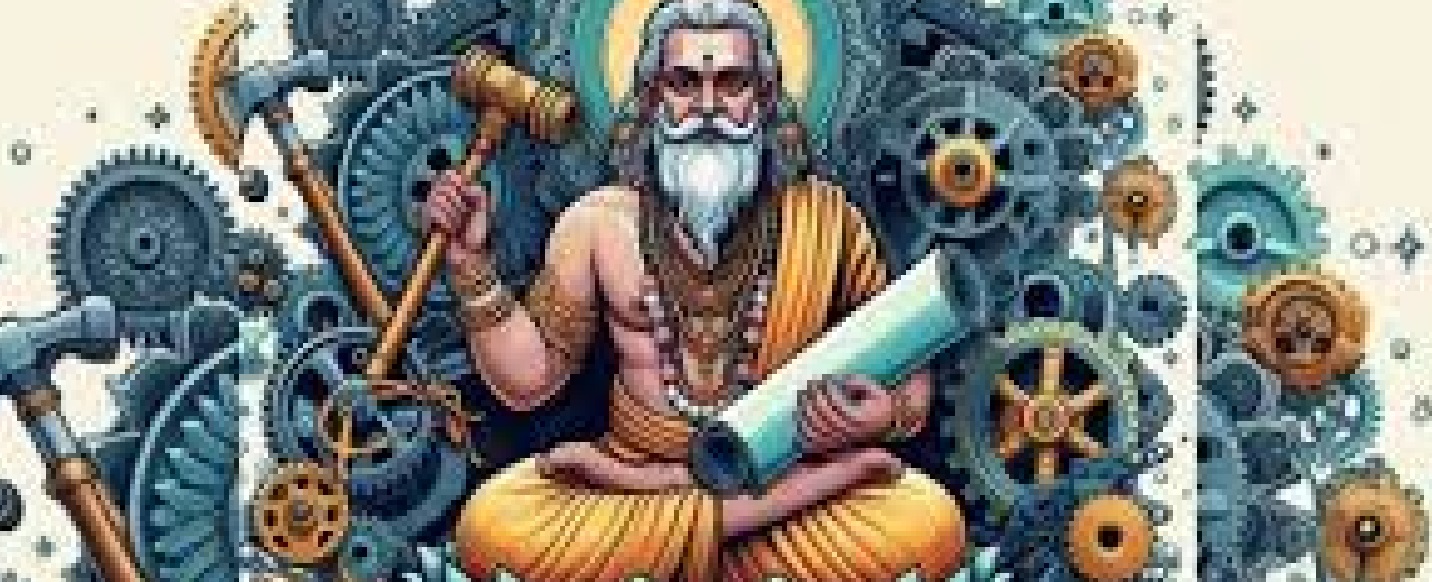The Major Regions Of Mars: Part 1 — (Mars Academy Episode 2)
Mars:
Mars is the fourth planet from the Sun and the second-smallest planet in the Solar System, after Mercury. Named after the Roman god of war, it is often referred to as the “Red Planet” because the iron oxide prevalent on its surface gives it a reddish appearance. Mars is a terrestrial planet with a thin atmosphere, having surface features reminiscent both of the impact craters of the Moon and the valleys, deserts, and polar ice caps of Earth.
The rotational period and seasonal cycles of Mars are likewise similar to those of Earth, as is the tilt that produces the seasons. Mars is the site of Olympus Mons, the largest volcano and second-highest known mountain in the Solar System, and of Valles Marineris, one of the largest canyons in the Solar System. The smooth Borealis basin in the northern hemisphere covers 40% of the planet and may be a giant impact feature. Mars has two moons, Phobos and Deimos, which are small and irregularly shaped. These may be captured asteroids, similar to 5261 Eureka, a Mars trojan.
Before photography, the only recorded observations were drawings. Below, Old Mars displayed many features which were later shown not to exist.

CAN YOU CREATE A LANGUAGE (NA’VI-ML-NLP)? THE RISE AND RISE OF KLINGON ST & A GUIDE TO THE KLINGON LANGUAGE
The Klingon language has been popular around Trekkies (Star Trek fans) since it was introduced on the big screen almost three decades ago. Now, non-Trekkies are having a go at learning the Klingon language.
Learn Klingon and join a group of very interesting people in a very exclusive language club, where you can be safe in the knowledge that not many people are going to be able to eavesdrop!
Here are the answers to the most common questions regarding Klingon.
Who are the Klingons?
Klingons were introduced in `Star Trek: The Original Series’ in 1968. They were depicted as an aggressive warrior species that were English speaking until 1979. Upon the release of Star Trek: The Motion Picture the characters replaced English with guttural sounds. This was to be the basis of the Klingon language.
Top 10 of the Most High Tech Countries & How To Start an IT Company in Thailand
Top 10 of the Most High Tech Countries in the World
Who are the most high tech countries in the World? You will be surprised! Those able to harness the power of information and communication technology are reaping ever more benefits. But in poor countries, digital poverty is holding back growth and development, leaving them further behind. 10/ Finland Finland is highly famous for its […]
Who are the most high tech countries in the World? You will be surprised! Those able to harness the power of information and communication technology are reaping ever more benefits. But in poor countries, digital poverty is holding back growth and development, leaving them further behind.
Continue reading “Top 10 of the Most High Tech Countries & How To Start an IT Company in Thailand”


